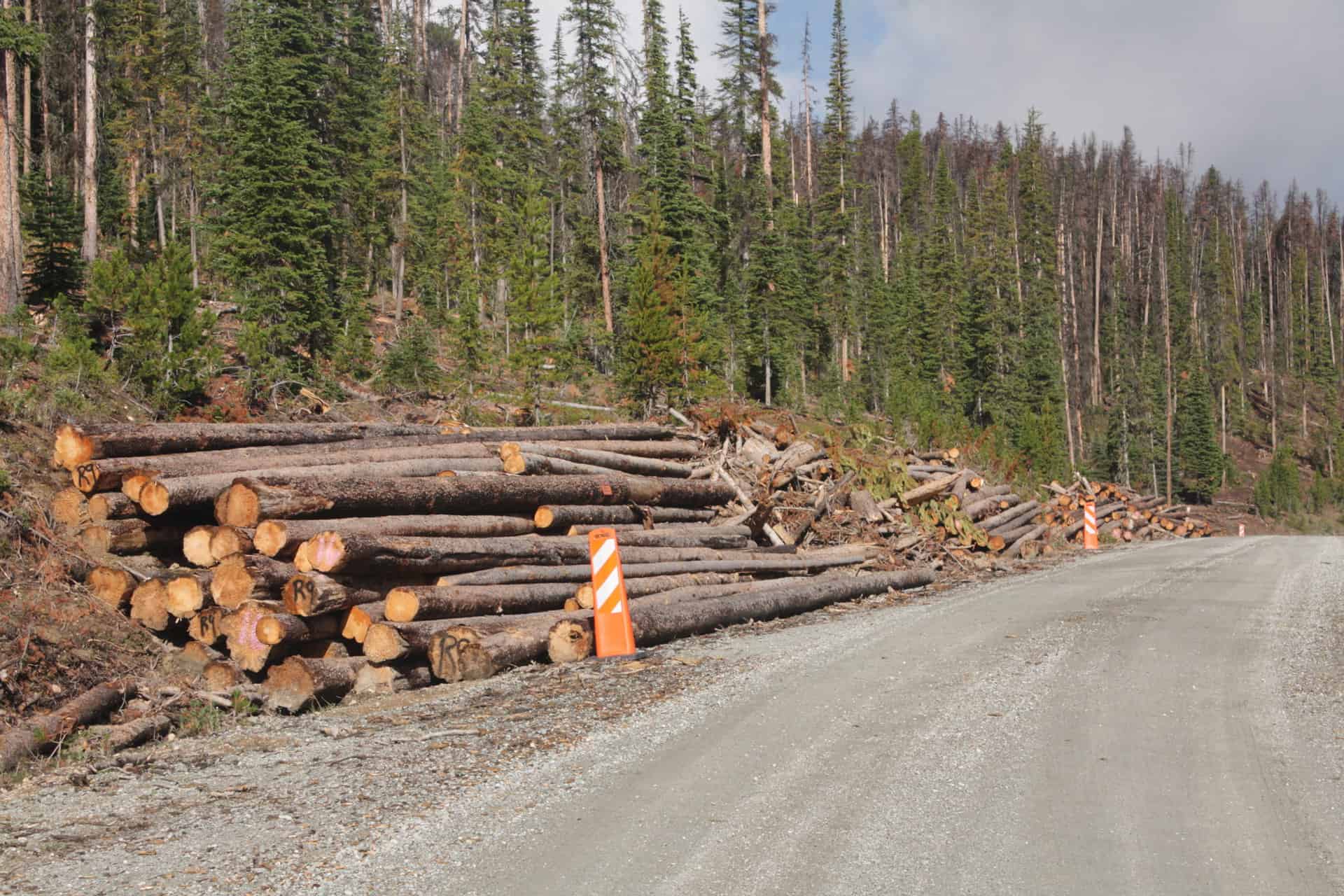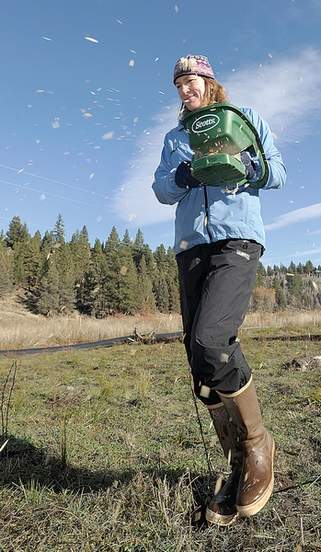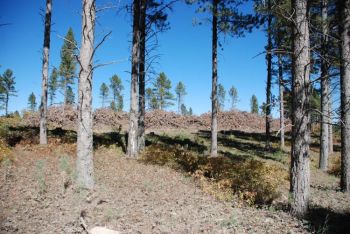Karen Allen chooses native seeds to be planted in Camp Polk Meadow based on how much water the area will receive. She also works with engineers, fish biologists, hydrologists and others to come up with a plant design for a restoration project.
Karen Allen chooses native seeds to be planted in Camp Polk Meadow based on how much water the area will receive. She also works with engineers, fish biologists, hydrologists and others to come up with a plant design for a restoration project.
Ryan Brennecke The Bulletin
advertisement:
As workers with J & S Trucking reconstructed a section of Whychus Creek this fall, placing logs in the banks and boulders in the creek bed to create fish habitat, the work was a far cry from what the company was doing a decade ago.
“We kind of got into it as a natural progression,” said Sean Kelly, owner of the Powell Butte company, which started as a trucking business. About seven years ago, they started focusing on heavy excavation, building roads and replacing culverts for federal land management agencies. Recently, they started working on specialized projects to restore creeks and waterways.
“During the building boom, guys really had to find a niche — and we really focused our attention away from the building boom and into the forest,” Kelly said. “It’s paying off now.”
With efforts to return salmon and steelhead runs to the Upper Deschutes Basin, the passage of Measure 76 to renew lottery funding for restoration projects, and focused efforts to make the forests less prone to catastrophic wildfires, some businesses in Central Oregon that focus on ecosystem rehabilitation are seeing a demand for their services.
“It continues to increase, and the jobs are getting larger and more complex as funding becomes available,” Kelly said. “And as these agencies see that it really works, they push to do more and more of it.”
Restoration work has picked up in the last five years or so, said Ryan Houston, executive director of the Upper Deschutes Watershed Council. And as nonprofits like the watershed council and the Deschutes Land Trust start doing restoration or canal piping projects, they need businesses with specialized skills to help out.
“If we’re going to do 10 projects a year, we just need more help,” he said. “I think a lot of it is just the organic nature in which sectors develop. Those folks were always there, but they saw a business opportunity, we had a need, these pieces started fitting together.”
When the watershed council was planning its project to restore Tumalo Creek, for example, it needed a source of plants, Houston said. And it turned to Clearwater Native Plant Nursery, which was getting off the ground.
Mike Lattig, owner of the nursery, turned a botany degree and a gardening hobby into a business where he grows plants native to the area, both for large restoration projects and smaller landowners.
“There’s a demand for native plants, for sure,” Lattig said.
Business with the private landowners has dropped in the last couple of years as the economy tanked, he said, but recent years have also brought large restoration projects, which needed thousands of plants. And although there aren’t large projects slated for next year, Lattig said there’s a long-term need to restore salmon and steelhead habitat, and Oregon’s green mindset makes native plants a good business.
“There’s plenty of places to fix,” he said.
The passage of Measure 76, which stated that Oregon would continue to dedicate a portion of lottery funds for parks and natural resources, means that there will be a continuing funding source for good restoration projects, said Brad Chalfant, executive director of the Deschutes Land Trust.
“What the voters did, whether they realize it or not, is kept the partners working together, moving forward … and in the process, help incubate a growing field of restoration foresters, biologists, botanists, engineers, etc., that are doing this kind of work,” Chalfant said.
While jobs for a business like a logging contractor might fluctuate with the lumber market and can reflect the economy, he said, restoration projects are planned far in advance, and provide a little bit of stability.
“We’ll never replace all of the jobs that were lost in the woods,” Chalfant said. “But it allows us to start doing some things to address the crisis that we’ve got in our forests and in our streams.”
Karen Allen does plant design for stream restoration with her business, Aequinox. She works with the engineers, fish biologists, hydrologists and more to figure out what native vegetation should be planted where, based on how much water a site will get and other considerations. A big part of her business, she said, is working on projects that are tied to the efforts to bring back salmon and steelhead runs to the basin. After decades of planning, and the construction of a more than $100 million fish passage facility, a number of groups and agencies are working to restore the habitat where the fish will grow up and then return to spawn.
“There’s a lot of interest in that, and money available,” she said, adding that it is, however, niche work.
Work to make the forests healthier and more resilient to high-intensity fires is the focus of Darin Stringer, a part owner and forest ecologist with Integrated Resource Management.
“We work with a broad range of clients — Forest Service, state and local governments, not-for-profit conservation organizations,” Stringer said.
He’s worked with the Land Trust to develop a plan for the organization’s Metolius Preserve, designing forest thinning projects that would reduce fire risk and promote old-growth characteristics near Camp Sherman. And after that project, the Forest Service hired him to help design the Glaze Stewardship project as well as train Forest Service crews in how to carry out the prescriptions.
“In the last 10 years, I think there’s been a lot of movement toward forestry that’s not just timber-based,” Stringer said.
And after a jolt of stimulus funds, the money flowing to restoration projects should be pretty steady now, he said, and there are plenty of areas that could use some help.
“There’s a lot of money that needs to go back into the forest,” Stringer said.








